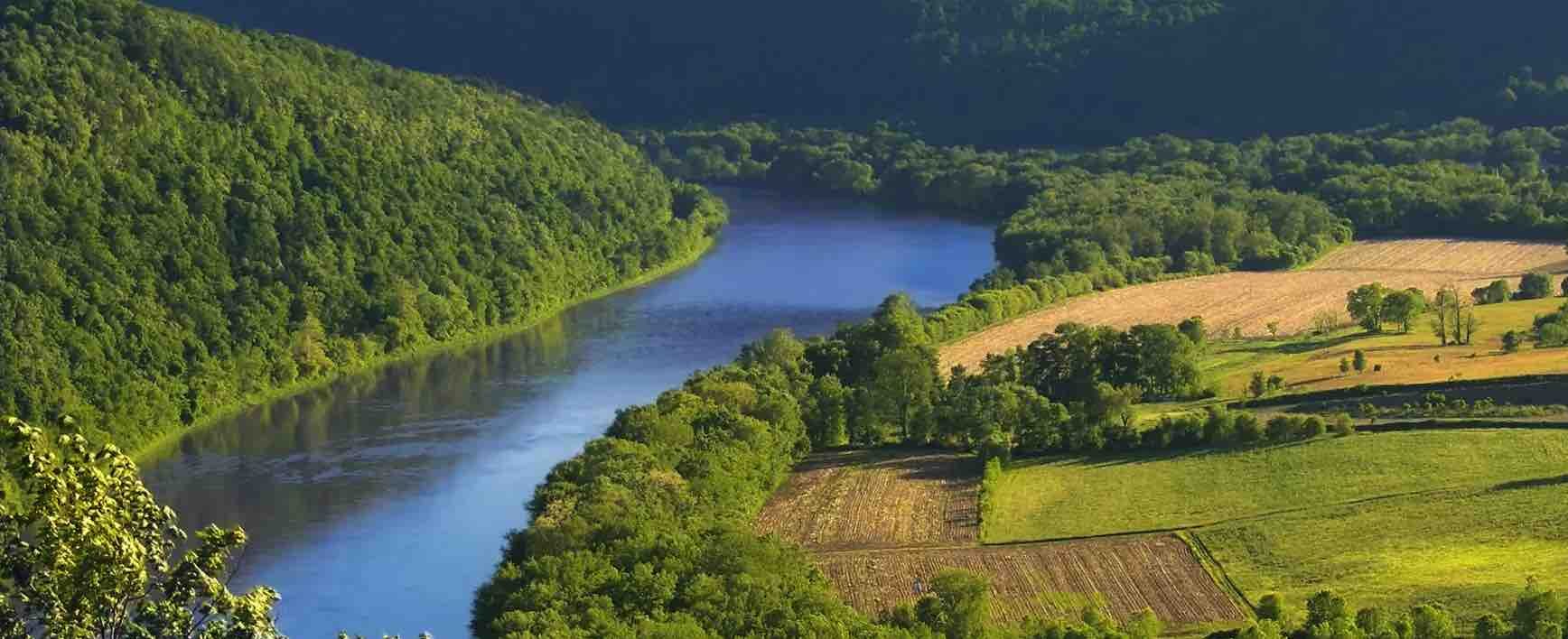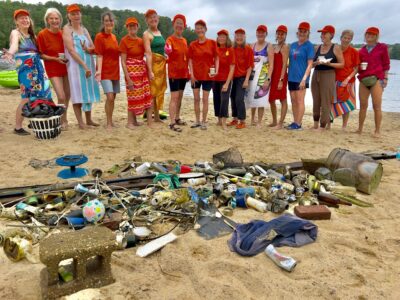Few ecosystems are more important to the United States than the Chesapeake Bay. According to the U.S. Fish and Wildlife Service (USFWS), it’s the largest estuary in the country — stretching from upstate New York to the Virginia Tidewater region — and supports about 3,600 species of plants, animals, and fish.
Nearly 1 million waterfowl spend their winters on the Chesapeake Bay, about one-third of the Atlantic Coast’s migratory population. In addition, more than 18 million people live and work in the region, many of whom are employed in industries tied directly to the watershed, such as outdoor recreation, farming, and fishing.
Photo Courtesy National Fish and Wildlife Foundation
Given the role it plays in the region’s ecological health, protecting the Chesapeake Bay watershed is a high priority for conservationists, environmentalists, government agencies, and other stakeholders. That’s the mission of the Chesapeake Watershed Investments for Landscape Defense (Chesapeake WILD) program, which is designed to support local restoration efforts that improve the health of the bay’s waterways and aquatic life.
The program is the product of the Chesapeake WILD Act, signed into law in October 2020. Its framework is organized around five key pillars, or themes, designed to guide the stakeholders’ work.
The National Fish and Wildlife Foundation (NFWF) lists the pillars and one of the prominent goals of these pillars is to “plan for resilient human communities, ecosystems, and habitats using a strategic landscape-scale conservation design.” Another is to “enhance recreational opportunities and public access with a strong emphasis on equitable access to nature and all associated benefits.”
Photo Courtesy NFWF
Among the ways Chesapeake WILD aims to achieve those goals is through the Small Watershed Grants Program. The program provides grants of $75,000 to $750,000 for projects that result in direct conservation, stewardship and enhancements of fish and wildlife habitats. It also provides up to $75,000 for activities that improve local and regional partner capacity to implement future actions consistent with the program’s priorities.
Chesapeake WILD’s work has already been lauded and supported by environmental experts and lawmakers.
Tony Hiss, author of “Rescuing the Planet: Protecting Half the Land to Heal the Earth,” called Chesapeake WILD “one of the sure-fire strategies for sustaining an enormous and enormously important 41 million-acre landscape surrounding the largest estuary in the nation.”
Other fans of the program are U.S. Senators Shelley Moore Capito and Joe Manchin of West Virginia. In October 2022, the two announced $775,700 in grants from the USFWS and NFWF as part of the Chesapeake WILD program for two West Virginia projects.
Photo Courtesy Jessica Piispanen/USFWS
One of the grants — for $499,800 — went to the West Virginia Land Trust to help preserve and restore two remaining populations of the endangered James spiny mussel along the South Fork of Potts Creek. The other grant of $275,900 went to the Cacapon and Lost Rivers Land Trust to help expand wildlife habitat hubs and corridors in the state’s Chesapeake Bay watershed.
Capito, Ranking Member of the Senate Environment and Public Works Committee, said in a press release that preserving the Chesapeake Bay and Upper Potomac watersheds is “critical to the region’s ecosystem.” The grants and “matching funds will enable two key projects in West Virginia to move forward that will strengthen our efforts to protect endangered species and improve habitats …,” Capito added.





